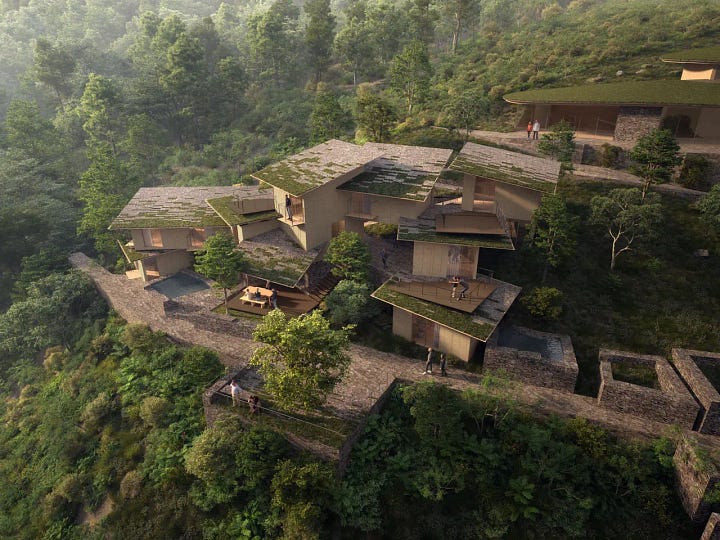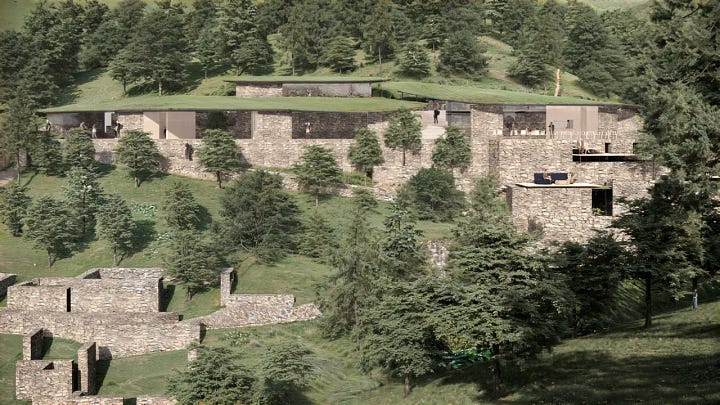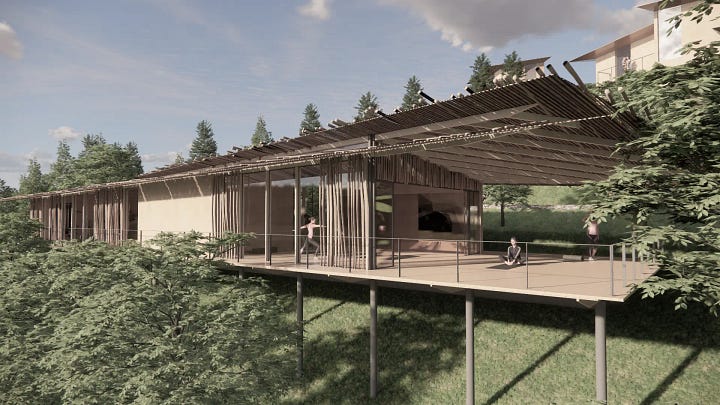Kengo Kuma to revive three abandoned villages in Lousã
Kuma identified the Lousã region’s natural beauty as its greatest asset, but also pointed to its lack of connectivity as a major challenge.




Renowned Japanese architect Kengo Kuma, best known in Portugal for designing the new Calouste Gulbenkian Modern Art Centre and the redevelopment of Portugal’s pavilion at Osaka’s World Expo, is now taking on a new project in the country.
He will lead the revival of three abandoned villages in the Serra da Lousã.
According to Expresso, Kuma will lead the architectural transformation of Silveira de Baixo, Silveira de Cima, and Pé da Lomba, part of a broader rural regeneration project by the company Silveira Tech.
The initiative aims to balance tourism development with ecological preservation and local heritage.
In Silveira de Baixo, Kuma, 70, will design a 25-unit tourist resort and a 24-room three-star rural hotel.
Silveira de Cima will be converted into a village tourism complex featuring five country homes.
Meanwhile, Pé da Lomba will become home to a Personal Development Centre and two more rural guesthouses.
As is traditional in the region, the buildings will be constructed primarily from schist stone.
“That’s essential to maintain harmony with the landscape,” Kuma told Expresso.
Local culture
“We want to respect the local culture, materials, and construction techniques.”
“Our approach is to restore the villages using the same materials and on the same scale, without disrupting the environmental harmony. The buildings will retain their traditional appearance, but we will give them new purposes,” he added.
Kuma identified the Lousã region’s natural beauty as its greatest asset, but also pointed to its lack of connectivity as a major challenge.
“If we can bring internet and new technologies to these areas, we can breathe new life into them,” he said.
Above all, he aims to avoid large constructions that could disrupt the area’s natural charm.
Attract nomads
José Serrano, co-founder of Silveira Tech and a key figure in the revitalization of the nearby schist village of Cerdeira, sees the project as an opportunity to attract digital nomads, entrepreneurs, scientists, and researchers.
Silveira Tech intends to regenerate 97 hectares in the heart of the Serra da Lousã, with plans to eventually expand over 230 hectares.
The project, however, has not been without controversy. In 2023, local political parties raised concerns over the extent of land acquisition by Silveira Tech.
The company later sought legal protection to withhold sensitive documents, citing commercial confidentiality and concerns over real estate competition.
In 2024, the Administrative Court of Coimbra ruled against the company’s request to restrict access to the project documents.
Despite the legal disputes, Kuma’s involvement signals a major architectural and ecological investment in rural Portugal that could breathe new life into forgotten landscapes.




Just hope it works without everyone else jumping on board and building ugly modern monsters. The transactions as described in the article sound a little bit shady tbh, but let’s see …
Wow, very interesting!